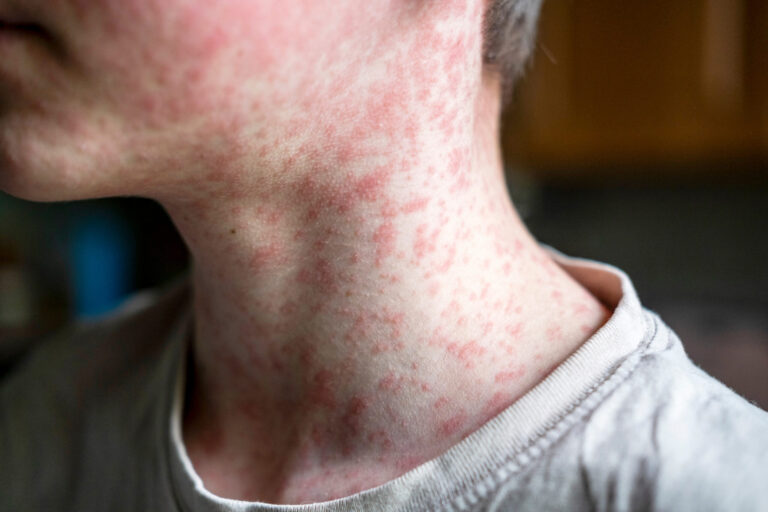WHAT’S IT ALL ABOUT?
Depression (major depressive episode) is characterized by extremely depressed mood or a loss of interest or pleasure (anhedonia) in almost all activities, almost every day for at least two weeks (crying, loss of motivation, low self-esteem, feeling of failure). In the case of depression, in addition to distress, there is a change from usual functioning, with the presence of cognitive symptoms (feeling inadequate, difficulty in decision making, guilt, blame, difficulty in concentrating, thoughts of death or suicide) anticipations, beliefs, worries, doubts, fears), and somatic symptoms (weight loss or gain, insomnia or hypersomnia, agitation or slowing down, fatigue or loss of energy. There are several specifiers for depressive disorders, including anxious distress (tension, agitation, etc.), mixed characteristics (presence of manic or hypomanic symptoms), atypical (hypersomnia, overeating, etc.), melancholic (total lack of pleasure, no reactivity, etc.), seasonal, catatonic.
Depression (total absence of movement), psychotic (hallucinations, delusions), and the occurrence in the peripartum period (during pregnancy or 4 weeks postpartum). Some people will put more emphasis on physical complaints, others will be more irritable and angry. The lifetime risk of having a depression varies between 10 to 25% for women and 5 to 12% for men. The risk remains higher between the ages of 18 and 44 compared to 65 and older. It should be noted that there is a marked difference in annual prevalence according to cultures (up to 7 times) but the male/female ratio remains comparable. Geriatric depression, on the other hand, is characterized by intense sadness or irritability, a loss of motivation or interest in activities usually pursued, a loss of energy and generalized despair. There can be complaints of chronic pain or physical discomfort at the forefront. One may have the impression that the person is living in the past by maintaining a negative discourse in relation to their current life.
ISSUES NOT TO BE CONFUSED WITH DEPRESSION?
- Premenstrual Dysphoric Disorder
- Substance/Medication-Induced Depressive Disorder
- Depressive Disorder Due to Another Medical Condition.
- Other Specified Depressive Disorders.
- Depression as part of a Bipolar Disorder
- People living with a depressive disorder may also have a comorbid disorder, often an anxiety disorder, obsessive-compulsive disorder, post-traumatic stress disorder, an eating disorder, or a substance use disorder. Furthermore, certain medical conditions could underlie some symptoms, hence the importance of good medical evaluation. There are indeed several risk factors, including psychosocial, neurobiological, psychological and biological factors.
WHAT IS IT NOT?
- Mourning following the loss of a loved one for example.
- A normal sadness following a romantic breakup or another negative event.
- Laziness, a character flaw.
WHAT ARE THE TREATMENT OPTIONS?
Depressive disorders can be treated with medication (usually antidepressants), psychotherapy, or a combination of the two. Psychotherapy primarily aims for an understanding of depression, predisposing and precipitating factors, as well as maintaining factors. The intervention plan is based on psychoeducation, behavioral activation, cognitive interventions, problem-solving, improving relationships with others, and pharmacological follow-up with the doctor if indicated.
Psychotherapy helps the individual better understand what they are going through and helps change the way of negative thinking. It can help the person structure themselves and gradually resume activities they have abandoned. It can also help the person develop their personal resources, values, and needs, or reconnect with them.
Medication will reduce the intensity and frequency of symptoms which will relieve the person. Moreover, it is sometimes necessary for the individual to benefit from psychotherapeutic approaches. There are also other non-pharmacological treatment strategies, such as neuromodulation techniques, electroconvulsive therapy, transcranial magnetic stimulation, vagus nerve stimulation, deep brain stimulation, as well as some natural treatments. Other emerging treatments are currently under study.
Discuss it with your health professional.

SOME SUGGESTIONS:
- Avoid substances that can act as brain depressants (for example alcohol).
- Ensure a good diet and good sleep hygiene.
- Try to maintain a daily life routine, involving getting out of the house every day.
- Increase behavioral activation and gratification (enjoyable activities).
- Increase social and interpersonal relationships (to counter isolation).
- Try to stay active and exercise at least three times a week for an average duration of 30 minutes each time.
- Be indulgent and kind with yourselves (self-compassion).
- Try to focus on the things that are going well.
- Don’t wait until you are unable to do your usual activities before consulting a health professional.
WOULD YOU LIKE TO CONSULT A PROFESSIONAL ON THIS SUBJECT?
- To learn more about our mental health and wellness services, speak to your doctor or a member of your care pod.
- *The information contained in this sheet does not replace professional health advice in any way and is provided for information only



